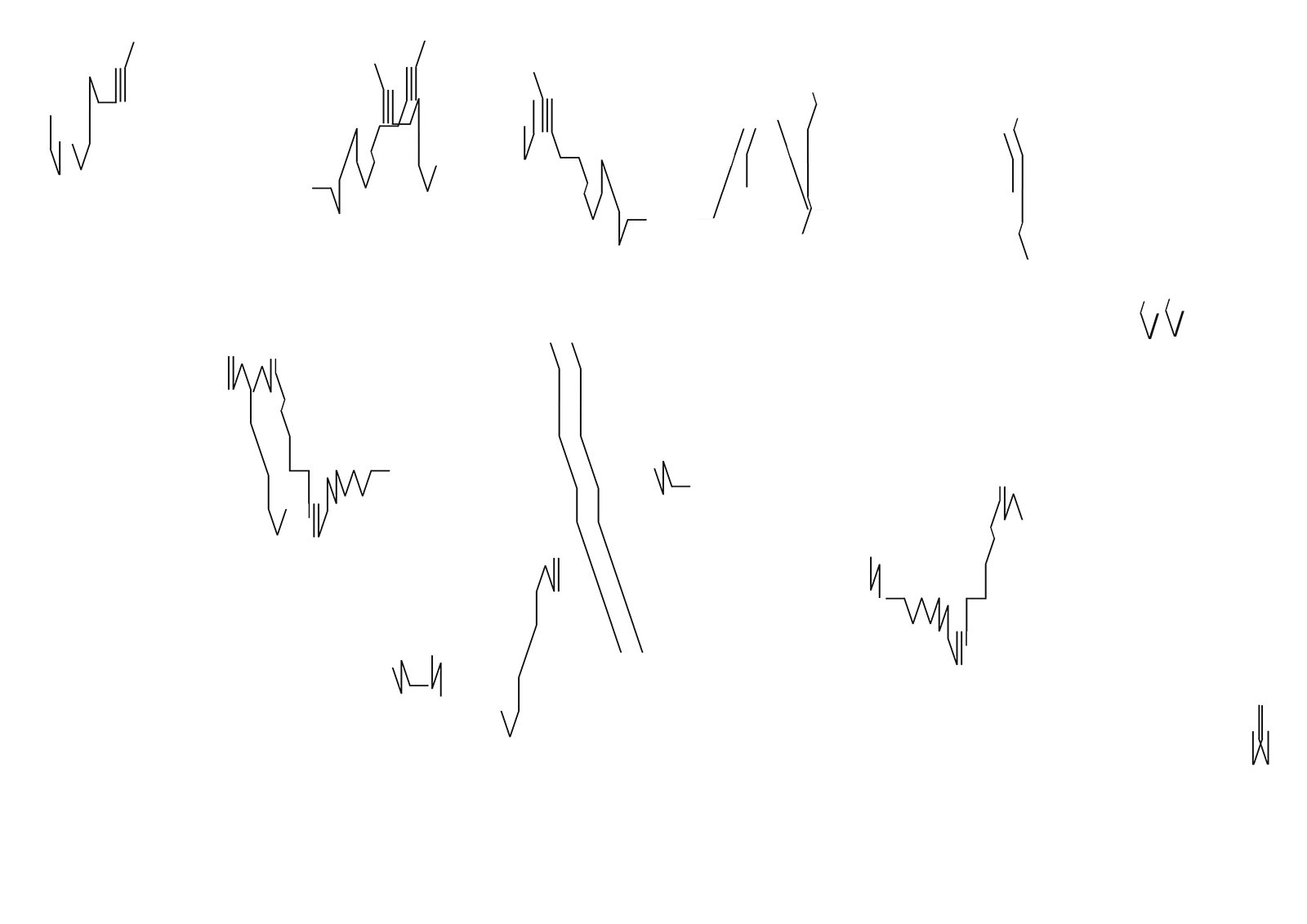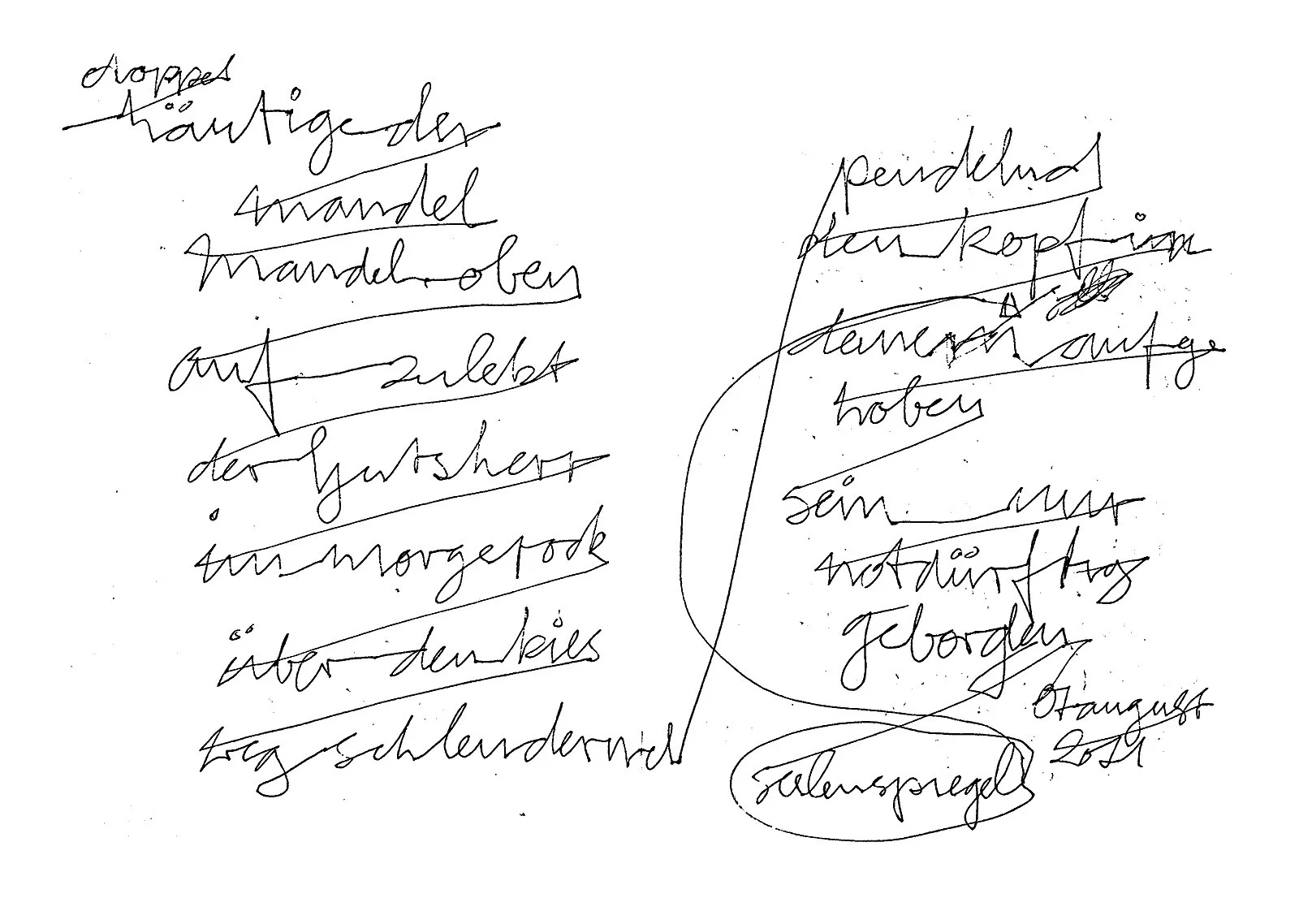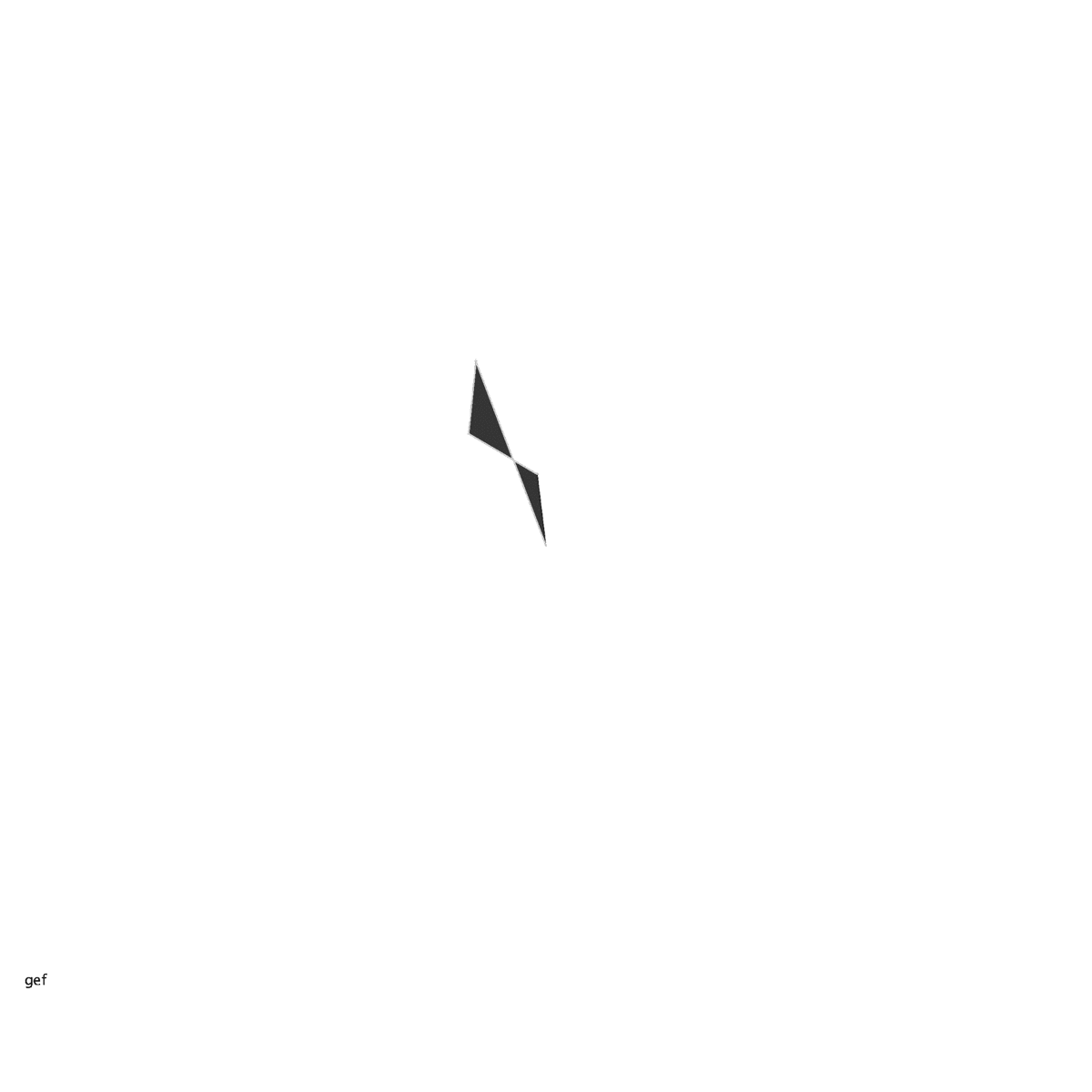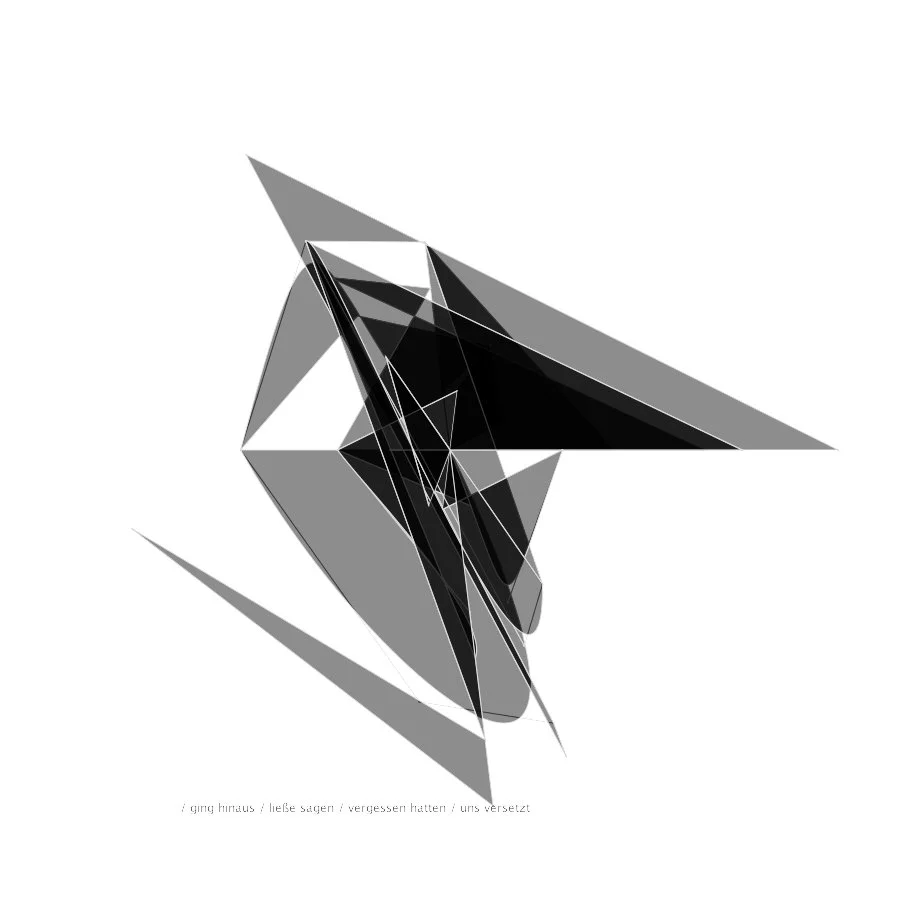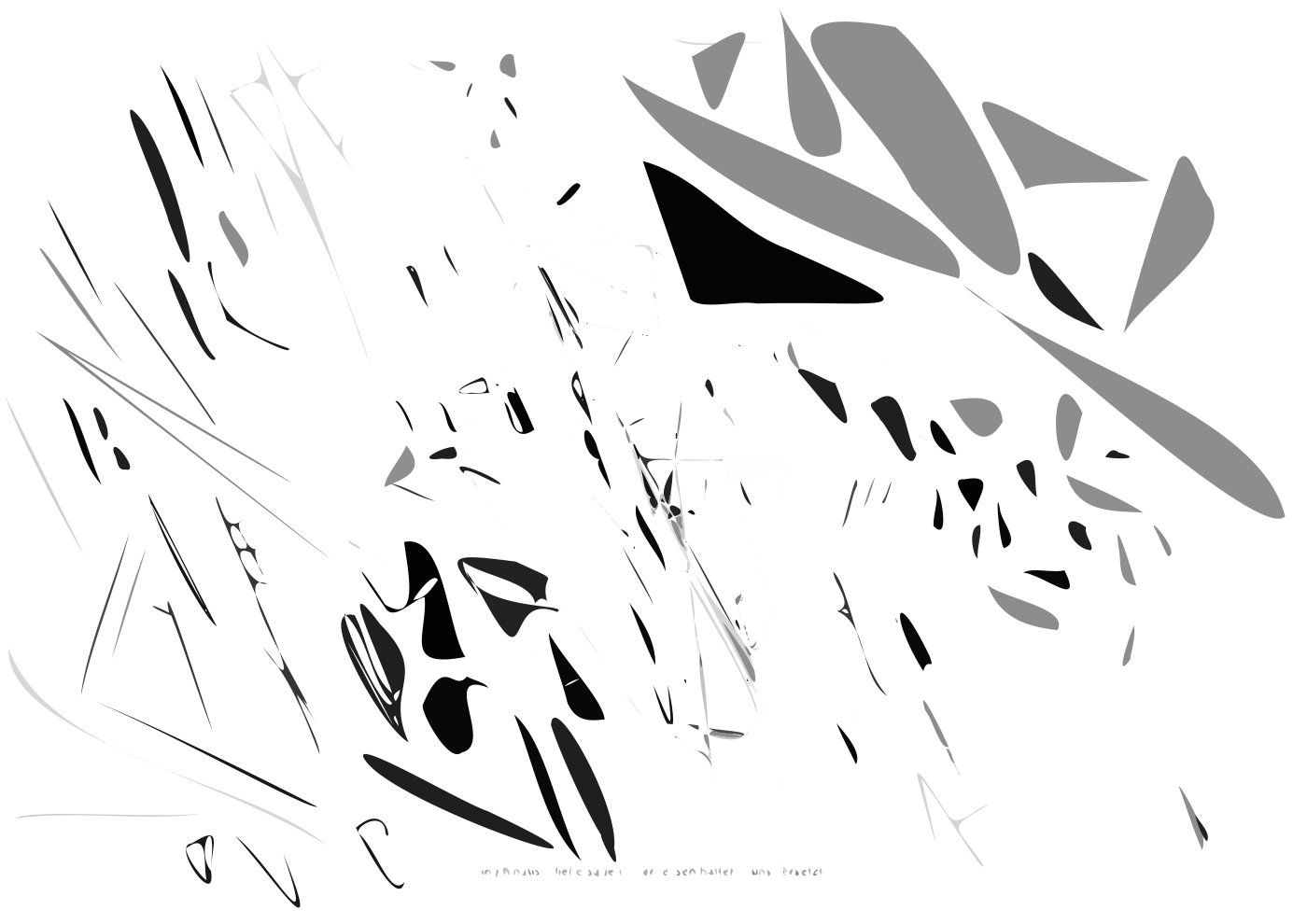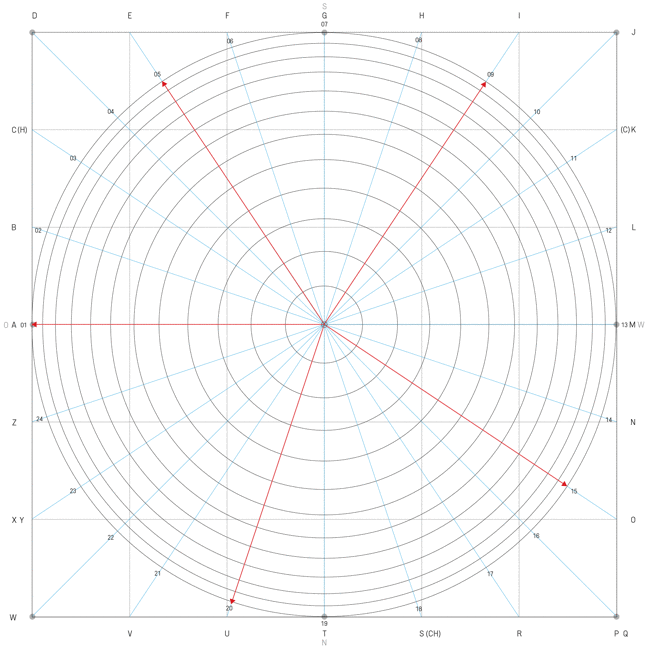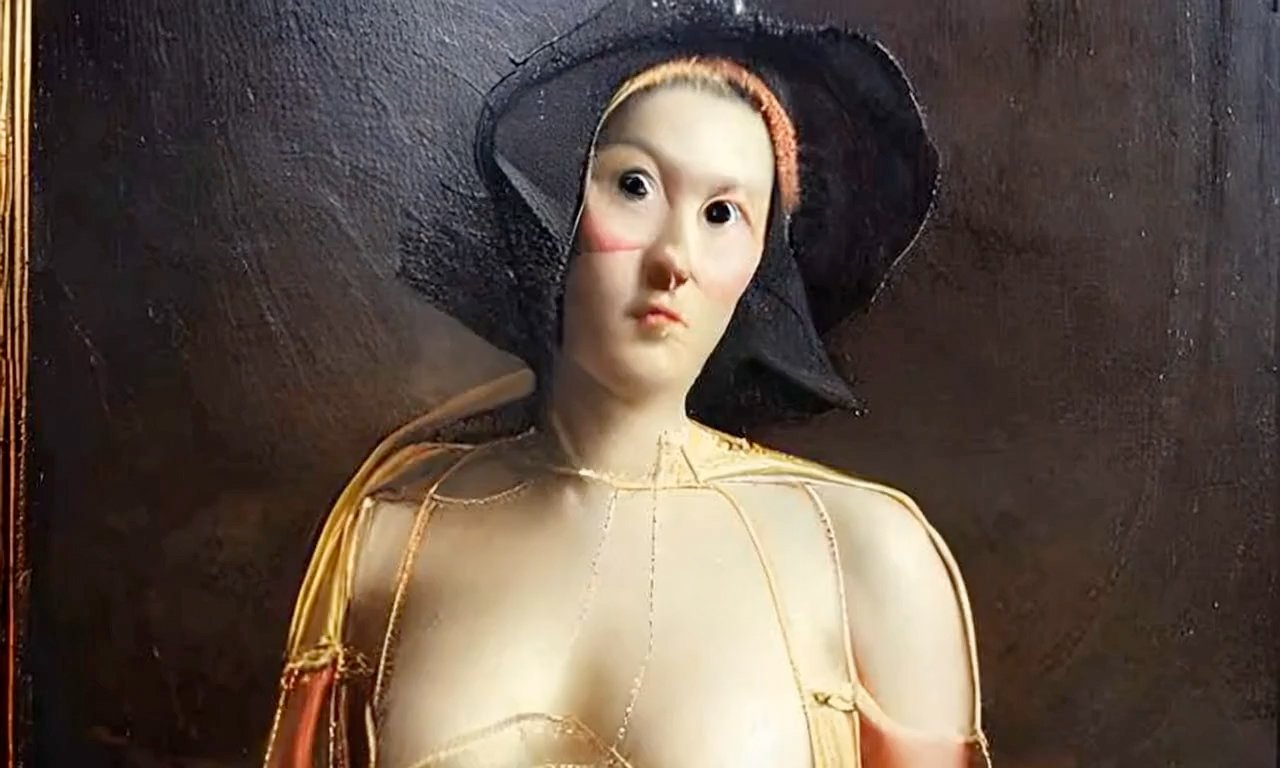
How it works
Notation der Ereignisse
Die Notate des sich Ereignenden unterteilen sich in Niederschrift und Sequenzierung der in der Niederschrift erfassten Infinitive.
Die Art der Notation folgt den rhythmischen Eigenwerten der Lautäußerung. Aus den rhythmischen (oder musikalischen) Forderungen ergeben sich unwillkürlich inhaltliche Verweise.
Notation of the Events
The notations of the events are divided into the transcript and the sequencing of the infinitives recorded in the transcript.
The type of notation follows the rhythmic intrinsic values of the sound utterance. The rhythmic (or musical) demands result involuntarily in references to content.
Es geht jedoch keinesfalls darum, etwas sagen zu wollen, sondern das, was sich sagt, folgt daraus, dass wir uns den rhythmischen Anforderungen verschrieben haben. Zur Aktivität des Verschreibens (ebenso – wie wir später sehen werden – zu jener des Verzeichnens) benötigen wir ein Höchstmaß an Unabhängigkeit von der funktionalen Forderung nach Sinn.
However, it is by no means a question of wanting to say something, but what is said follows from the fact that we have committed ourselves to the rythmic demands. For the activity of prescribing (likewise - as we shall see later - for that of listing) we need a maximum of independence from the functional demand for meaning.
Die Freiheit sich den Forderungen der Lautäußerung aktiv zu überlassen, setzt voraus, dass wir so weit als möglich frei sind von den im Oszillieren zwischen Eigenwahrnehmung und Repräsentanz auf uns einwirkenden Zwängen.
The freedom to actively dedicate ourselves to the demands of utterance presupposes that we are as far as possible free from the constraints acting on us in the oscillation between self-perception and representation.
Sequenzierung
Für die Sequenzierung der Infinitive gibt es zwei Quellen; die eine spricht sich aus die andere bleibt ungesagt: Notationen und Zeichnungen. Zusammen genommen ergeben sie das Narrativ, bringen mithin Sinn hervor.
Die Notate ordnen sich dem zu, was tagtäglich umher geschieht, folglich sprechen wir von Ereignisnotationen. Die Zeichnungen gehen vom Konstrukt der Bühne aus; der rechten und linken Bühnenhälfte, sowie der Grenzziehung zwischen beiden.
Die aus den Ereignisnotationen extrahierten Infinitive (einschließlich deren Attribuierungen und Substantivierungen) bestimmen den Fortgang der Ereignisse, die Zeichnungen deren Objekte.
Sequencing
There are two sources for the sequencing of infinitives; one is spoken and the other is left unsaid: notations and drawings. Taken together, they make up the narrative, thus producing sense.
The notations are related to what happens around us every day, so we speak of event notations. The drawings start from the construct of the stage; the right and left halves of the stage, as well as the demarcation between the two.
The infinitives extracted from the event notations (including their attributions and nouns) determine the progress of the events, the drawings their objects.
Die Sequenzierung erfolgt in drei Schritten:
Übertragung der aus Vokalen und Konsonanten bestehenden (Laut)Äußerungen auf die Virtuvianische Matrix, wobei wir die Vokale als raumgebende Koordinaten verstehen (vom einem angenommenen Mittelpunkt diagonal nach oben weisend, nach unten und eine horizontale Linie bildend), die Konsonanten als dazwischen sich bewegende Äußerungen narrativer Natur.
Dekonstruktion des aus den Koordinaten und deren linearer Verbindung sich bildenden Gefüge (bestehend aus übereinander gelagerten Wortfeldern),
zugleich Übersetzung der rein geometrisch linearen Formen in eine Kombination aus geometrischen und organischen Formen.
Die Gefüge (bzw. übereinander sich lagernden Wortfelder) setzen sich folglich aus Elementen verschiedener Vokabularien zusammen.
Sequencing takes place in three steps:
Transfer of the (phonetic) utterances consisting of vowels and consonants to the Virtuvian matrix, whereby we understand the vowels as spatial coordinates (pointing diagonally upwards from an assumed centre, pointing downwards and forming a horizontal line), the consonants as utterances of a narrative nature moving in between.
Deconstruction of the structure formed by the coordinates and their linear connection (consisting of superimposed word fields),
at the same time translation of the purely geometric linear forms into a combination of geometric and organic forms.
The structures (or superimposed word fields) are thus composed of elements from different vocabularies.
Vitruvianische Matrix / Werkzeug der Sequenzierung
In den „zehn Büchern über Architektur“, des Marcus Vitruvius Pollio, der als als römischer Architekt im 1. Jahrhundert vor Christus lebte, finden wir die erste schriftlich verfasste Lehre, die präzise beschreibt, dass und wie sich alle Proportionen in der Architektur und allen anderen Künsten von den proportionalen Verhältnissen des menschlichen Körpers ableiten.
Vitruvian Matrix / Tool of Sequencing
In the "ten books on architecture" by Marcus Vitruvius Pollio, who lived as a Roman architect in the 1st century B.C., we find the first written teaching that precisely describes that and how all proportions in architecture and all other arts derive from the proportional relationships of the human body.
Das Ergebnis der hier vollzogenen Sequenzierungen besteht mithin aus vier, ineinander verwobenen, aufeinander verweisenden Teilen:
Notation (die Handlungssequenzen, bzw. konzentrierten Interaktionen)
Bühnenkonstruktion (immobile Requisiten und Aufbauten)
Zeichnungen (Objekte, d.h. Figuren und mobile Requisiten)
Narrativ (das Bühnenstück, wie es sich aus der Bezugnahme zwischen Handlungssequenzen, Figuren, Objekten und den Aufbauten der Bühnenkonstruktion ergibt)
The result of the sequencing carried out here therefore consists of four interwoven parts that refer to each other:
Notation (the sequences of actions, or concentrated interactions)
Stage construction (immobile props and superstructures)
Drawings (objects, i.e. figures and mobile props)
Narrative (the stage play as it results from the reference between action sequences, characters, objects and the superstructures of the stage construction).
Bühnenraum / Übergang von der
rechten zur linken Hälfte
Stage space / transition from the
right to the left half
Literatur und Sonstiges zum Thema
Literature and other related material
Gilles Deleuze, The Logic of Sense, Edinburgh University Press, 2008
Martin Heidegger, On the Way to Language, Harper & Row, 1971



